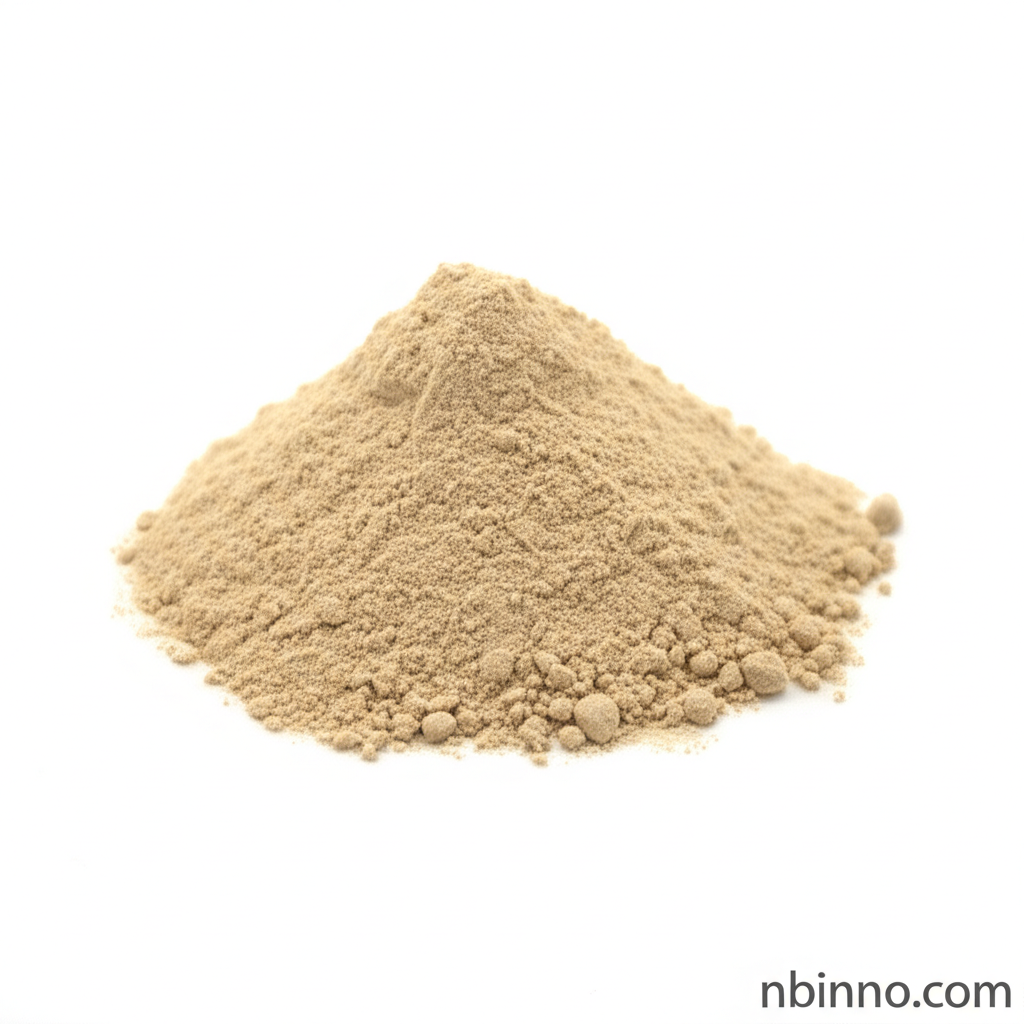4,6-Diamino-2-mercaptopyrimidine: A Key Pharmaceutical Intermediate
Explore the versatile applications and properties of this essential chemical building block for advanced synthesis.
Get a Quote & SampleProduct Core Value

4,6-Diamino-2-mercaptopyrimidine
This compound is a vital pharmaceutical intermediate, widely utilized in the synthesis of critical medications. Its unique chemical structure makes it an indispensable building block for developing a range of therapeutic agents, from anti-cancer drugs to antimicrobial compounds. Researchers and manufacturers rely on this chemical for its consistent quality and reactivity in complex synthesis pathways.
- As a key pharmaceutical intermediate, 4,6-Diamino-2-mercaptopyrimidine is crucial for the synthesis of various life-saving drugs.
- The heterocyclic nature of this compound makes it valuable in organic building blocks for drug discovery.
- Its reliable purity and specifications support efficient chemical synthesis processes for fine chemicals.
- Users can buy 4,6-Diamino-2-mercaptopyrimidine online from trusted suppliers for their research and development needs.
Key Advantages
Versatile Chemical Synthesis
Leveraging 4,6-Diamino-2-mercaptopyrimidine's reactivity allows for the creation of complex organic molecules, essential in fine chemical synthesis.
Enhanced Therapeutic Efficacy
Its role as a pharmaceutical intermediate contributes to the development of drugs with improved efficacy, particularly in areas like cancer treatment.
Broad Application Spectrum
Beyond pharmaceuticals, this compound finds application in agrochemicals, material science, and biochemical research, showcasing its broad utility.
Key Applications
Pharmaceutical Development
Serves as a key intermediate in the synthesis of pharmaceuticals, particularly in the development of anti-cancer agents and antimicrobial drugs, enhancing therapeutic efficacy.
Agrochemical Formulation
Used in formulating agrochemicals, contributing to the development of herbicides and fungicides that improve crop yield and protect against pests.
Biochemical Research
Researchers employ this compound in biochemical assays and studies to explore enzyme inhibition and metabolic pathways, aiding in the understanding of cellular processes.
Material Science Innovation
Explored in the development of novel materials, including polymers and composites, due to its unique chemical properties that enhance material performance.
